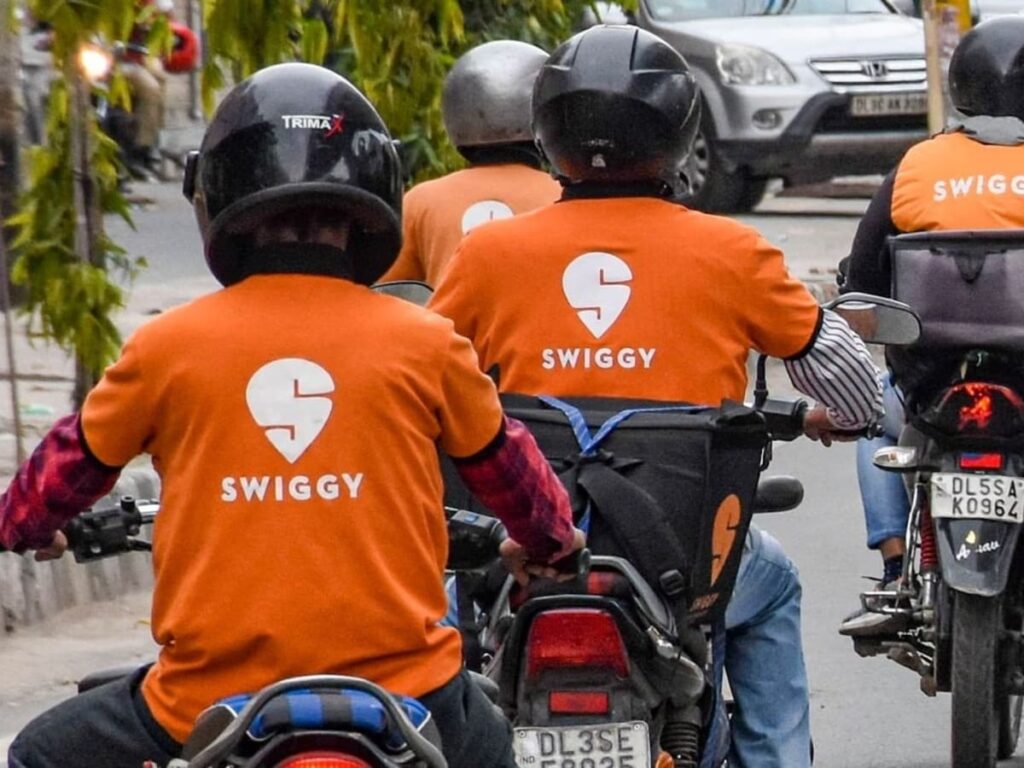Swiggy, one of India’s leading online food delivery platforms, saw a significant increase in its total expenditure during the March quarter. This surge in expenses can be attributed to various factors, including increased marketing efforts, expanded operational costs, and additional investments in technology to enhance user experience and service efficiency. In this article, we will explore the details surrounding Swiggy’s financial performance, the implications of this expenditure growth, and the overall impact on the food delivery industry.
Financial Overview of Swiggy’s March Quarter
Expenditure Breakdown
In the recent financial report, Swiggy disclosed that its total expenditure reached ₹5,609.6 crore in the March quarter, marking a notable increase from ₹3,668 crore during the same period last year. The following table illustrates the key components contributing to this increase:
| Expense Category | Current Quarter (₹ Crore) | Previous Year Quarter (₹ Crore) | Year-on-Year Growth (%) |
|---|---|---|---|
| Marketing and Promotions | 2,000 | 1,200 | 66.67 |
| Operational Costs | 1,500 | 1,000 | 50.00 |
| Technology Investments | 1,000 | 600 | 66.67 |
| Miscellaneous Expenses | 1,109.6 | 868 | 27.85 |
Factors Driving Expenditure Growth
The rise in expenditure can be attributed to several key areas:
- Marketing Initiatives: In an increasingly competitive market, Swiggy has ramped up its advertising and promotional efforts, leading to a substantial rise in marketing costs.
- Operational Expansions: With the aim of improving service delivery and customer experience, Swiggy has expanded its logistics capabilities, resulting in higher operational expenses.
- Technological Advancements: The investment in technology has been essential for enhancing their app interface, introducing AI-driven recommendations, and integrating improved payment solutions.
Impact on the Food Delivery Industry
The increase in expenditure not only reflects Swiggy’s strategic positioning but also highlights escalating costs within the food delivery sector. This trend poses several implications:
- Increased Competition: Competitors may also be forced to increase their spending to maintain comparable services, potentially leading to a contentious market environment.
- Consumer Benefits: Higher expenditures could result in improved services and promotional offers for consumers, enhancing their overall experience.
- Long-term Viability: While elevated spending may strain finances in the short term, strategic investments could pave the way for sustainable growth and market leadership in the long run.
Conclusion
Swiggy’s substantial increase in total expenditure during the March quarter underscores the company’s commitment to enhancing its market position while navigating the complexities of the food delivery landscape. As operational costs rise, it will be crucial for Swiggy to balance investment in growth with financial sustainability. The implications of these expenditures resonate not only within Swiggy but also throughout the industry, leading to a dynamic evolution of consumer services and competitive strategies.
